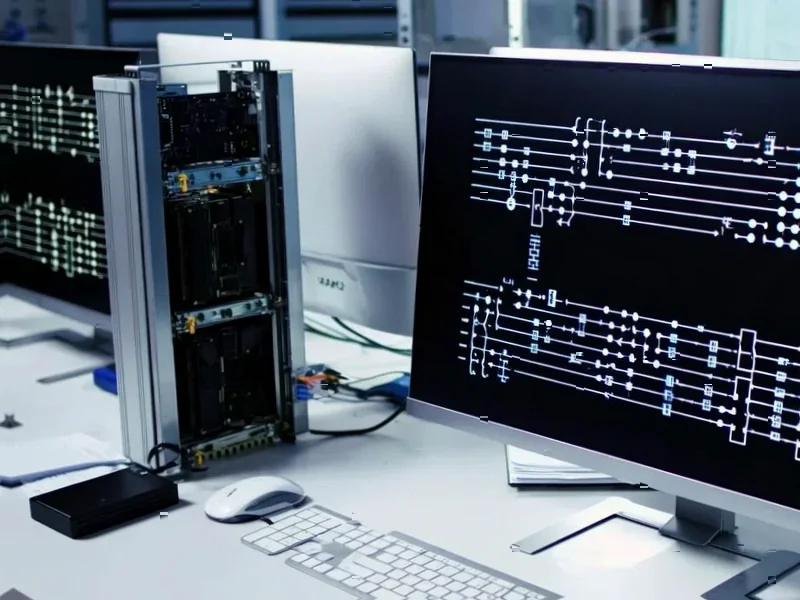According to Guru3D.com, Intel’s upcoming Battlemage GPU architecture has surfaced in internal driver files, revealing the BMG-G31 chip that’s expected to power the Arc B770 graphics card. The leak from @白给的盖欧卡 shows four entries for the BMG-G31 in Intel’s engineering sample INF file, including three Arc Pro workstation versions and one consumer variant. Specifications indicate approximately 1.6 times more cores than the current B580 and 16GB of VRAM, positioning it against NVIDIA’s RTX 5060 Ti 16GB and AMD’s RX 9060 XT 16GB in the 1440p gaming segment. The same driver files mention “Nova Lake” CPU codenames, suggesting a potential synchronized 2026 launch, with CES 2026 as the likely debut platform and rumored pricing around $350. This timing aligns with Intel’s typical product cycle and comes as competitors complete their current generation refreshes.
The Driver Maturity Hurdle
While specifications look promising on paper, Intel’s greatest challenge remains driver optimization and game compatibility. The company’s Arc GPU launch was marred by inconsistent performance across different game titles and API implementations, with some DirectX 11 titles performing significantly below expectations for months after release. A 2026 timeframe gives Intel substantial development time, but the complexity of game engine optimization grows exponentially with each new title. Unlike NVIDIA and AMD who have decades of driver development experience, Intel must play catch-up while simultaneously supporting both current and next-generation architectures. The mention of Arc Pro variants in the same driver file suggests Intel is pursuing a unified driver strategy, which could either streamline development or spread resources too thin across different market segments.
Competitive Timing and Market Dynamics
The projected 2026 launch window presents both opportunity and risk. By then, NVIDIA and AMD will have likely refreshed their midrange offerings, potentially with more advanced features like AI upscaling enhancements and ray tracing improvements. Intel’s value proposition hinges on maintaining that $350 price point while delivering competitive rasterization performance, but component costs and manufacturing economics could shift significantly over the next two years. The leaked specifications suggest Intel is targeting raw compute power rather than feature parity, which could leave them vulnerable if the competitive landscape shifts toward specialized AI or ray tracing capabilities that become standard in midrange gaming.
Production Scale and Availability Concerns
Intel’s ability to manufacture and distribute these GPUs at competitive volumes remains unproven. While the company has substantial semiconductor manufacturing expertise, their discrete GPU production has been relatively limited compared to established players. A successful midrange product requires massive volume production to achieve market penetration and attract developer support. If Intel cannot secure adequate wafer allocation or faces yield issues with the BMG-G31 design, they risk either limited availability or higher-than-planned pricing that undermines the value proposition. The workstation variants mentioned in the leak could help absorb some production costs, but consumer market success demands scale that Intel hasn’t yet demonstrated in the GPU space.
The Broader Platform Strategy
The simultaneous appearance of “Nova Lake” CPU references alongside the GPU leak suggests Intel is planning deeper platform integration. This could be a strategic advantage if Intel can optimize performance between next-generation CPUs and their discrete GPUs through technologies like DirectX 12 Ultimate’s sampler feedback or other low-level API optimizations. However, this approach risks alienating the broader PC ecosystem if optimizations appear to favor Intel-only configurations. The success of this strategy depends on whether Intel can deliver meaningful performance benefits through platform integration without making their GPUs appear compromised in systems using competing CPUs.




